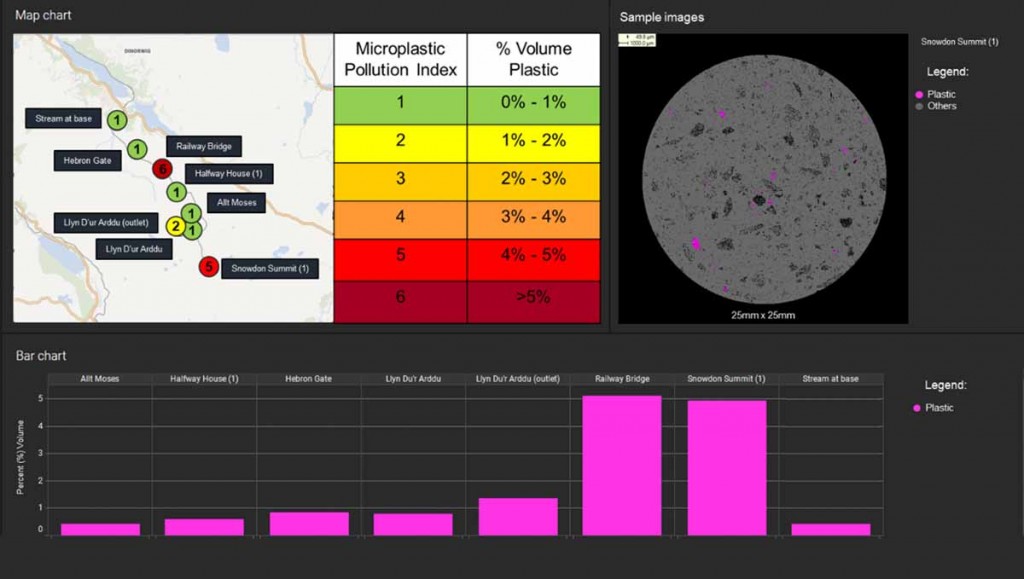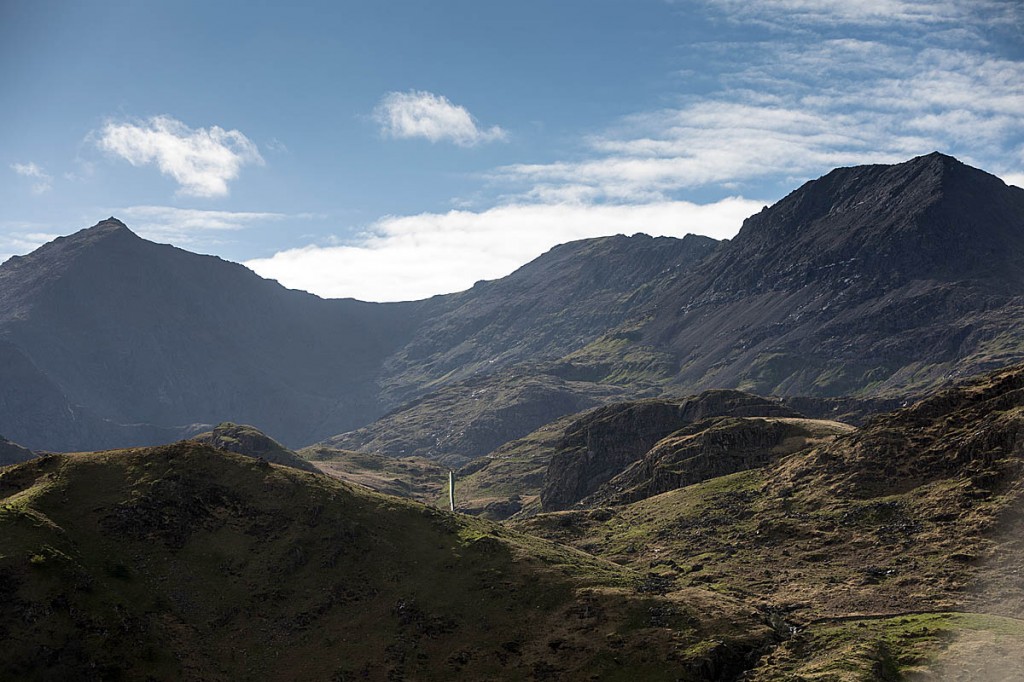Scientists analysing survey results have found significant quantities of microplastic pollution on Wales’s highest mountain.
Samples collected at the summit of Yr Wyddfa-Snowdon showed the particles constituted almost 5 per cent of the soil.
Snowdonia National Park Authority said the microplastics came from fibres shed from clothing and from larger plastic items. The concentration of the pollution was highest at areas where large numbers of people congregate.
The Snowdon Partnership, Partneriaeth Yr Wyddfa, commissioned the survey to examine the possibility of creating a plastic-free zone on the mountain, the UK’s most visited peak, and to consider the possibilities of introducing plastic-free areas in the national park.
The national park authority, which is one of the bodies involved in the partnership, said: “Variable amounts of microplastic pollution were identified in all the soil samples collected along the busy Llanberis Path to the summit of Snowdon in April 2021 and analysed by CGG at its geoscience laboratories in North Wales for microplastic quantification and identification.
“The results were used to determine a microplastic pollution index, designed to help organisations, local authorities or government agencies identify areas of plastic leakage and wastage where microplastics may be entering the food chain or natural environment.
“On Yr Wyddfa-Snowdon, the largest amounts of microplastic were observed where people congregate in large numbers. Microplastic particles constituted nearly 5 per cent of the total sample collected at the summit.
“These were predominantly small, highly abraded particles formed from the fragmentation of larger plastic material and fibres shed from clothing.”
John Harold, director of Snowdonia Society and chair of the Snowdon Partnership, said: “These results are a stark reminder of how persistent plastic is when it gets into the environment.
“A huge amount of litter is cleared by staff and volunteers, but by no means all gets picked up. This work shows what happens when plastic is let loose in the soils and freshwater of our precious protected areas. It breaks into countless particles and we lose control of it.
“Once again this really highlights the need for us all to be extra careful when visiting protected areas.”
 The partnership issued a database dashboard produced by CGG showing results of the microplastic survey, showing microplastic hotspots along the route of the Llanberis path.
The partnership issued a database dashboard produced by CGG showing results of the microplastic survey, showing microplastic hotspots along the route of the Llanberis path.

Rob Littler
28 August 2021I do not see how making areas of Snowdonia plastic free zones could be practicable, given that nearly all outdoor clothing and equipment is made from plastics.
It would mean effectively banning the use of modern waterproof clothing, a definite safety concern.
If it is a serious enough issue to require action it would be better to just close access to those areas.